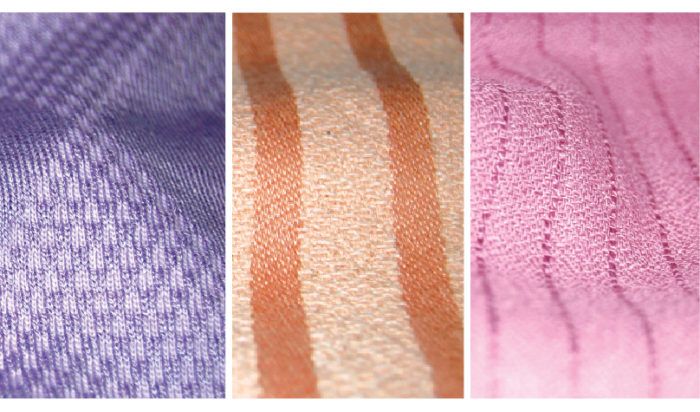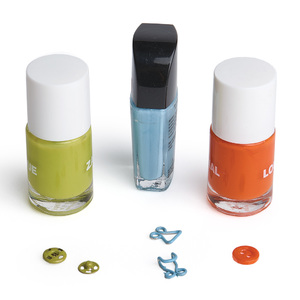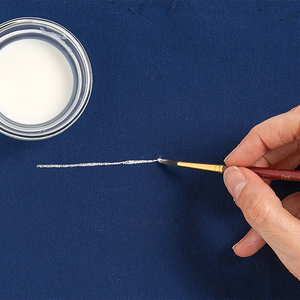
READERS’ QUESTIONS – EXPERT ANSWERS
Q: What is mercerizing? I see the term applied to thread and sometimes to fabric. I realize it’s some kind of treatment for cotton, but I am curious as to what is involved and what the purpose is. Also, what is double-mercerized fabric? And finally, where did the treatment get its name? Was there a Mr. or a Dr. Mercer?
-Susanna Travis, via email
A: Carol Fresia, Threads technical editor, answers:
Yes, dear reader, there was a Mr. Mercer: John Mercer, a dye chemist and fabric printer active in England in the mid-19th century. (Mercer, coincidentally or not, means “dealer in expensive textiles.”) The process he invented is applied to cellulosic fibers-typically cotton, but also linen and hemp. When Mercer developed this treatment, he soaked cotton fibers with a caustic (alkaline) solution and found that the fabric shrank and became stronger and easier to dye.
These effects didn’t make a big splash in the textile industry until the technique was improved at the end of the 19th century. Horace A. Lowe found that holding the fabric or yarn under tension during the mercerizing treatment prevented shrinkage, and the material became significantly more lustrous. Mercerized cotton is not only shinier and smoother, it’s also more absorbant and durable, and has increased mildew resistance.
All this is possible because the chemical process, which uses sodium hydroxide (NaOH) followed by an acidic solution to neutralize the alkali, changes the structure of the cotton fiber’s cell wall. It swells, increasing in surface area and changing the cotton fiber from a flat, ribbonlike shape to a more cylindrical shape. This rounder fiber is more reflective, so the thread or fabric made from it is more lustrous. Because it’s also more absorbant, it is more readily dyed to deeply saturated hues.
Both 100-percent cotton and cotton-wrapped polyester-core threads can be mercerized. After the thread is twisted, it’s sometimes further treated by singeing, which rapidly burns off any excess fibers or fluff that might dull the thread’s shine. Some DMC embroidery flosses are double-mercerized, giving them a brilliant sheen and smoothness. For the silkiest cotton sewing or embroidery thread, look for thread, floss, or pearl cotton that says “mercerized” on the label.
Fabrics, too, can be mercerized after they’re woven. A fabric woven from mercerized yarns, which is then mercerized, is called double-mercerized. I’m not sure that all mercerized fabrics are labeled thus, but if a textile is, you can expect it to be silky in texture and rich in color.
This post was originally featured in the Q&A department of Threads #185 (June/July 2016).
Have a Question? Send it to us and we’ll find an expert’s answer.
via mail: Threads Q&A, PO Box 5506, Newtown, CT 06470-5506
via email: ThreadsQ&[email protected]
via the Contact the staff page to submit your entry
































I haven't seen mercerized fabric for years, maybe because so much is poly/cotton. Long years ago when I was young, I made a full skirt from a mercerized cotton fabric in a pretty turquoise shade and I remember that it had a lovely sheen. It actually looked like silk.